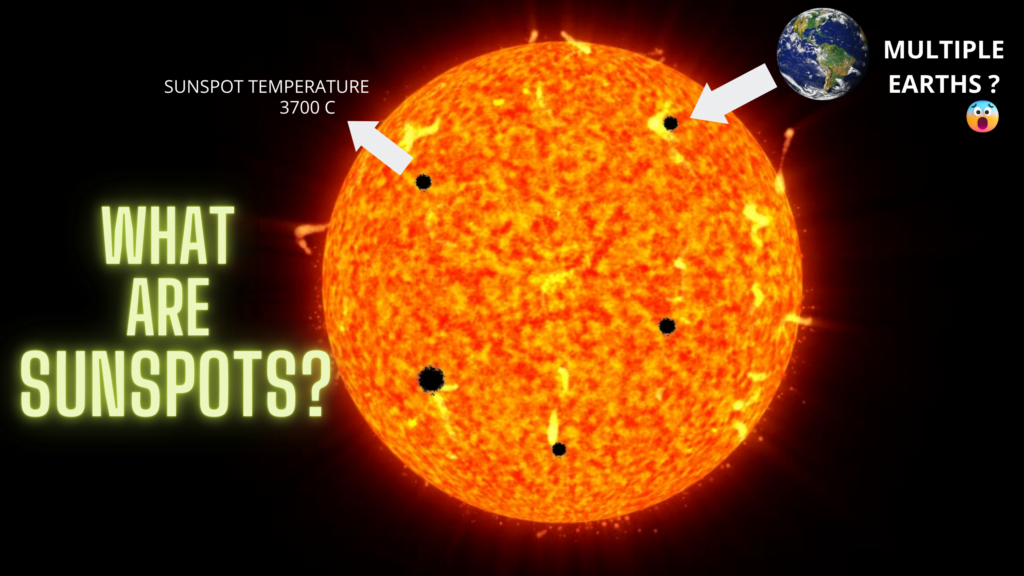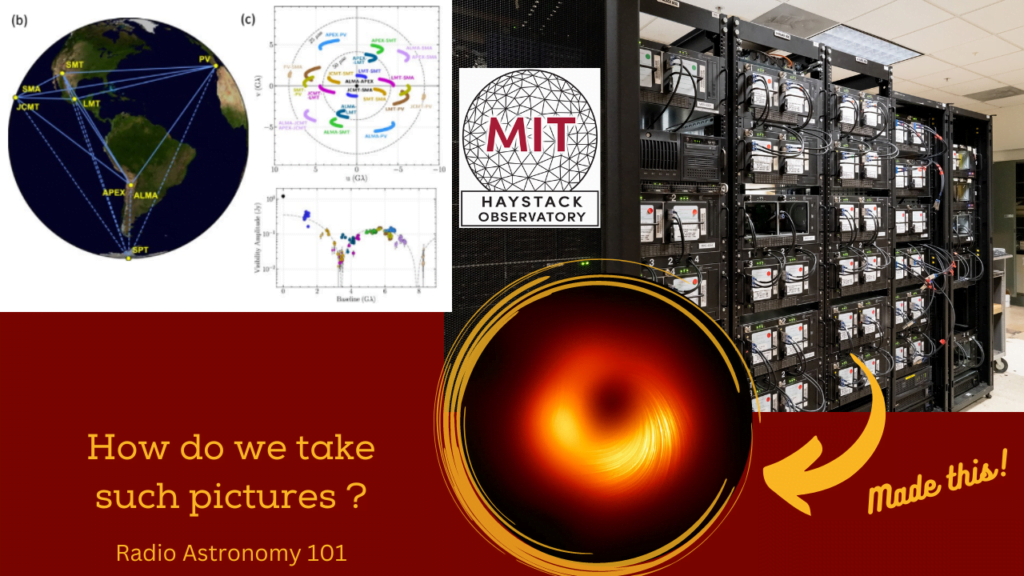The James Webb Space Telescope (JWST) is set to be one of the most powerful astronomical observatories ever built, and it is designed to observe some of the most distant and ancient objects in the universe, including exoplanets. One of the most exciting targets for the JWST is the exoplanet known as VHS1256b. In this article, we will explore the JWST findings of VHS1256b and what they tell us about the formation and evolution of exoplanets.
VHS1256b
VHS1256b is a gas giant exoplanet located approximately 63 light-years away from Earth, in the constellation Virgo. The planet was discovered in 2016 using the Very Large Telescope in Chile and was classified as a young planet, estimated to be only 10 million years old. The planet orbits a brown dwarf, which is a failed star that is too small to sustain nuclear fusion. VHS1256b is a particularly interesting target for astronomers because it is one of the few exoplanets that has been directly imaged.
The JWST Observations
The JWST is set to observe VHS1256b as part of its Early Release Science program, which is designed to test the telescope’s capabilities and provide valuable data for astronomers. The JWST will use its Near-Infrared Camera (NIRCam) and Mid-Infrared Instrument (MIRI) to observe the exoplanet in detail.
The NIRCam is designed to observe objects in the near-infrared range, which allows astronomers to study the properties of stars and planets. The MIRI, on the other hand, is designed to observe objects in the mid-infrared range, which allows astronomers to study the properties of dust and gas in planetary systems.
The JWST observations of VHS1256b are expected to reveal important information about the formation and evolution of gas giant exoplanets. Astronomers are particularly interested in studying the atmosphere of the planet, as this can provide valuable insights into the planet’s formation and the processes that drive its evolution.
What the JWST Findings Could Tell Us
The JWST observations of VHS1256b could tell us a lot about the processes that drive the formation and evolution of gas giant exoplanets. By studying the atmosphere of the planet, astronomers can learn more about the planet’s composition, temperature, and other physical properties.
The observations could also provide valuable information about the formation of gas giant exoplanets. One theory of gas giant planet formation suggests that they form by a process known as core accretion. In this process, a solid core of rock and ice forms and then accumulates a thick envelope of gas. The JWST observations of VHS1256b could help astronomers better understand this process and determine if it is responsible for the formation of gas giant exoplanets.
In addition, the JWST observations of VHS1256b could shed light on the processes that drive the evolution of gas giant exoplanets. One important factor in the evolution of these planets is their internal heat. As gas giant planets age, they gradually cool, and their internal heat decreases. The JWST observations of VHS1256b could help astronomers better understand this process and determine how it affects the planet’s evolution.
Overall, the JWST observations of VHS1256b are expected to provide important insights into the formation and evolution of gas giant exoplanets. By studying the atmosphere of the planet, astronomers can learn more about its composition and physical properties, as well as the processes that drive its formation and evolution. These findings could help us better understand the diversity of exoplanets and the processes that drive their formation and evolution.
Conclusion
The James Webb Space Telescope is set to revolutionize our understanding of he universe and the discovery of exoplanets is one of the most exciting areas of research in astronomy. The JWST findings of exoplanet VHS1256b are just the beginning of what promises to be an exciting era of discovery. With its powerful instruments and advanced technology, the JWST is poised to make groundbreaking discoveries and provide new insights into the formation and evolution of exoplanets. The study of exoplanets is crucial to understanding the universe we live in, and the JWST findings of VHS1256b represent an important step forward in this field. As we continue to explore the universe, the discoveries made by the JWST will undoubtedly shape our understanding of the cosmos and inspire new generations of astronomers to continue the quest for knowledge.

